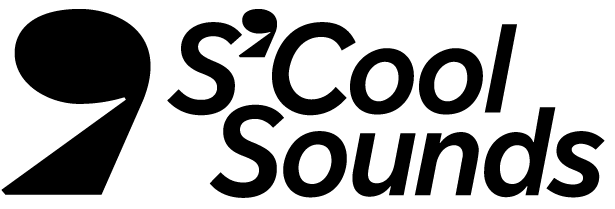The Levant: Lebanon, Syria, Palestine
Lesson 3
Teaching Artist: Ronnie MalleySUMMARY
This is the third lesson from the “Ya Habibi” unit. Students will visit the Levant, which includes Lebanon, Syria, and Palestine to explore the music and culture of this region, located near the Mediterranean Sea. Students will also play rhythmic cycles to accompany traditional Arabic songs.
OBJECTIVES
Identify cultural characteristics of the Levant.
Recite rhythmic syllables for iqa’ malfouf and iqa’ maqsoum.
Play rhythmic pattern: iqa’ malfouf and iqa’ maqsoum.
MATERIALS
TEACHER BACKGROUND
This lesson was designed for two full classes/school periods. Teachers can amend the lesson duration to meet student needs, abilities, and accommodate class schedules. See the glossary at the end of this lesson and refer to it when necessary.
EXPLORE
1. Introduce students to Middle Eastern rhythms by playing the video The Levant: Lebanon, Syria, Palestine. Ask students to recall what they noticed and share what they wonder after listening.
2. Distribute the Ya Habibi Travel Diary and allow students to personalize it, drawing and recording important facts about Lebanon, Syria, and Palestine. Refer to the glossary at the end of this lesson when necessary.
3. Play the video Palestinian Dabke to experience this widely performed and joyful traditional dance of the Levant region. Observe the traditional costumes used for celebratory occasions.
LEARN, PART 1
1. Have students vocalize the following pattern, called iqa’ malfouf, at a slow, steady pace:
Doum, es, tak, es, tak, doum es, tak, es, tak
2. Review body percussion movements to be paired with each Arabic percussion sound:
Doum - hands on thighs, or fist gently on chest
Es - hold hands apart
Tak - clap
3. Have students silently say the pattern in their heads, while making the body percussion movements:
Doum, es, tak, es, tak, doum es, tak, es, tak
Replay parts of The Levant: Lebanon, Syria, Palestine to reinforce the learning of this rhythmic pattern. Have students repeat the pattern at increasingly faster speeds as they become more comfortable.
4. When students are familiar, replay The Levant: Lebanon, Syria, Palestine. Use body percussion to play this rhythm as Ronnie sings “Wein a Ramallah” and “Bint a Shalabia.”
LEARN, PART 2
1. Review iqa’ maqsoum. Model this rhythm, then have students silently say the pattern in their heads, while making the body percussion movements:
Doum, tak, – tak, doum, – tak, doum, tak, – tak, doum, – tak
2. Replay The Levant: Lebanon, Syria, Palestine. Use body percussion to play this rhythm as Ronnie sings “Ya Mal el Sham.”
3. Listen to Bint a’Shalabiya by iconic Lebanese singer Fairuz. Listen for the Maqsoum rhythm. Students can also play the rhythm, using body percussion, while listening.
4. Invite students to reflect on their new learning from this lesson. Ask students to make a connection between the songs they heard in the lesson and music they hear at home or in the community. Then ask students to share which of the rhythms they like best. Use this input to form groups to perform and share a rhythm.
PERFORM+SHARE
1. Once students are familiar, split the class into small groups (of three or four students each). Have each group decide which iqa’, or rhythm (malfouf or maqsoum), they will practice and perform for the class.
2. Record a video or audio version of your students’ performance, then upload it to the S'Cool Sounds Padlet.
GLOSSARY
Bint - girl
Debka - folk dance from the Levant; Arabic word for stomp
Helwa - sweet; also used for pretty
M’safer - traveler
Ramallah - city in Palestine
Shalabiya - pretty in Levantine dialect
Sham - nickname for the city of Damascus, Syria
Qudud Halabia - folk songs of Aleppo, Syria
Tair - bird
Wayn - where
Ya - oh

